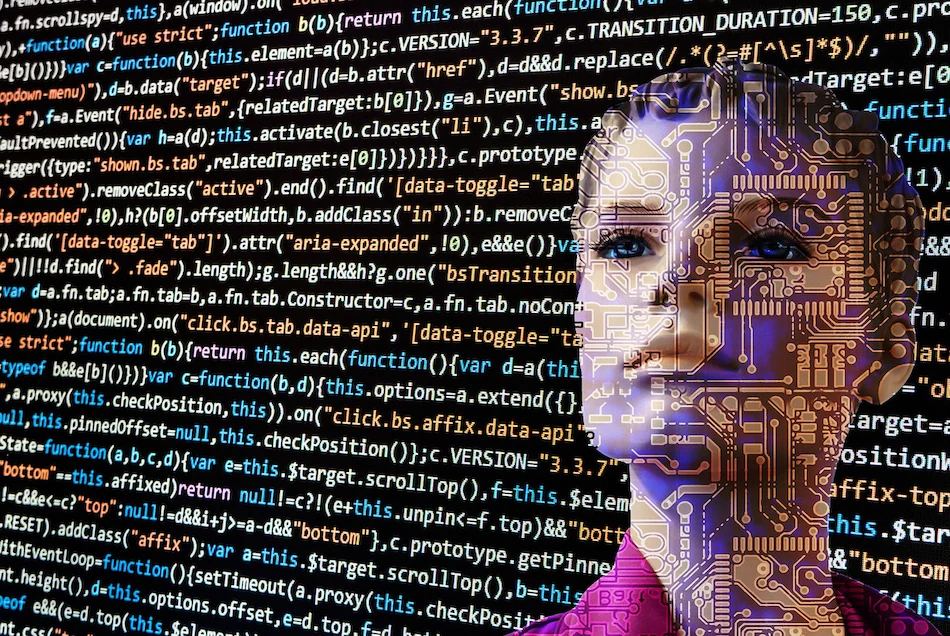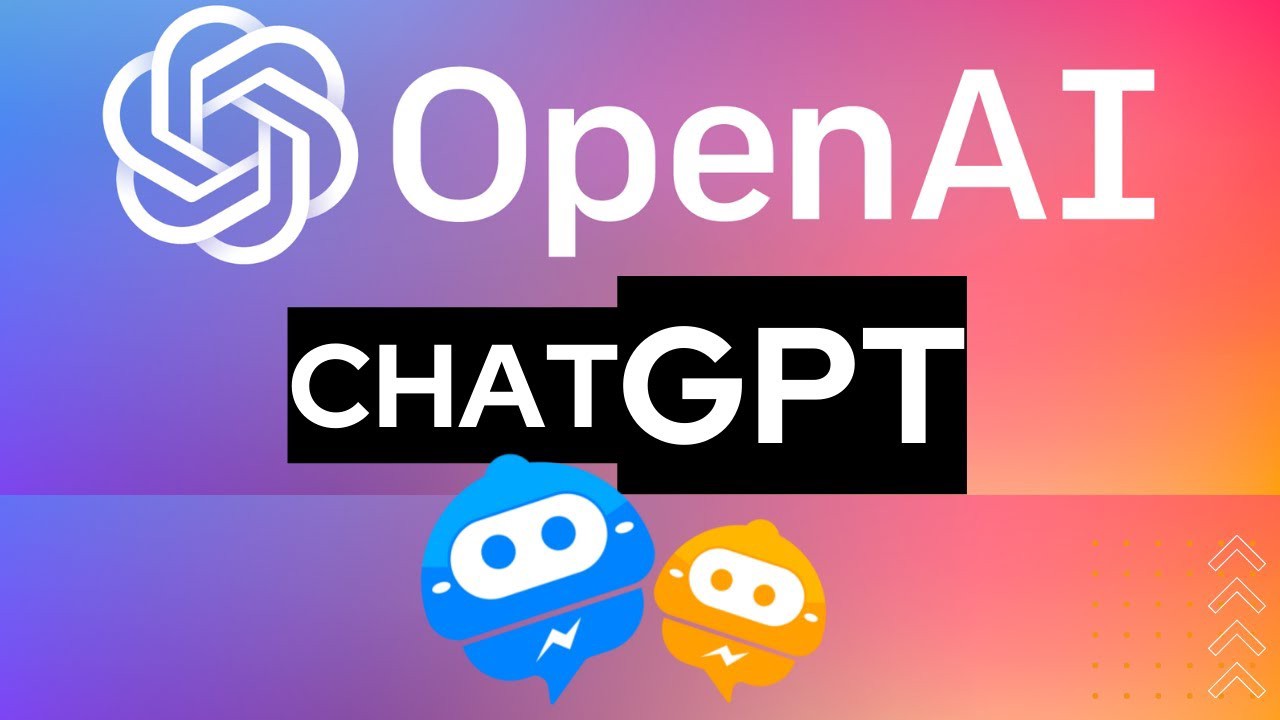ChatGPT: Alan Turing, the British computer scientist who famously cracked the Enigma code during WWII, asked an interesting query in a 1950s article: “Can machines think?” ChatGPT’s debut at the end of last year has seemingly provided a step closer to an answer. This artificially intelligent chatbot is able to write jokes, compose ad copy, debug computer code, and carry out conversations about many topics. This breakthrough has been seen as a critical moment in the history of artificial intelligence.
Also Read: Auto Expo 2023 Saw Record Turnout of 6.36 Lakh Visitors, SIAM Says
It has been a long time in the making, with the development of thinking machines first explored in computer science labs for many years. To test his theory, Alan Turing formulated an “imitation game”, in which a human interrogator attempted to differentiate between a real person and a computer through their answers to questions sent via a teleprinter.

Source: Google, ChatGPT
Turing envisioned a computer that could answer questions so well that the person asking them wouldn’t be able to tell whether it was a machine or a person. He conceded that the computers of his time weren’t able to do this, but he predicted that by the end of the century, people would be able to talk about machines thinking without being contradicted.
His essay initiated a study of artificial intelligence, but it also provoked a long-standing philosophical argument, as Turing’s point of view undermined the significance of human awareness. If a machine could only replicate the illusion of thought — without being aware of it — was it truly a thinking machine?

Source: Google, ChatGPT
For a long time, the difficulty of creating a machine that could complete the imitation game overshadowed these more profound inquiries. The main challenge was human language, which, unlike the computation of complicated mathematical equations, was extraordinarily hard to implement with computing power.
Harry Huskey, a collaborator of Turing, returned to the US with a mission to build a machine dubbed an “electric brain” by the New York Times, something that was funded by the federal government due to the Cold War and its emphasis on Russian-to-English translation.

Source: Google, ChatGPT
However, the concept of translating words in a one-to-one ratio, much like how one would decipher code, was met with the challenge of accounting for syntax and the various interpretations of individual words. The example of “fire” is used to demonstrate how its meaning could range from flames to the termination of a job or the pull of a trigger.

Source: Google, ChatGPT
Warren Weaver, an American who was involved in the initial attempts, acknowledged that the environment was essential. If “fire” was seen beside “gun”, assumptions could be made. Weaver referred to this kind of relationship as the “statistical semantic character of language”, a thought that would turn out to have a huge impact in the years to come.



